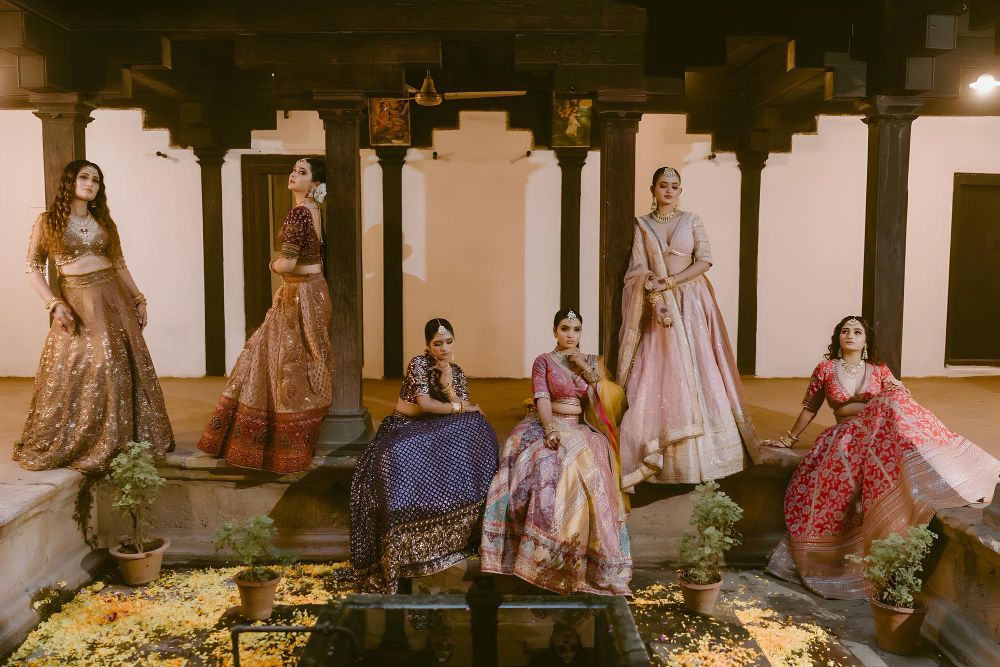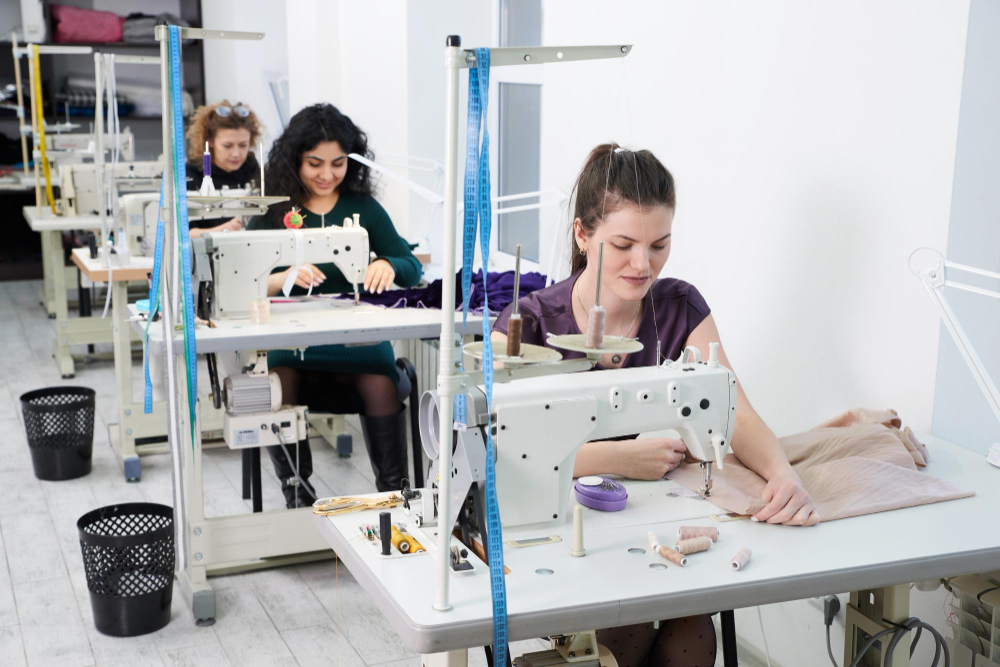Picture a young designer from Jaipur. She’s built a small team of local artisans. She’s not from a fashion capital. Her workspace is a rented room above a textile shop. But last month, her embroidered evening gown made it to a runway in Milan. The moment didn’t just belong to her, it belonged to everyone who touched the thread, folded the fabric, packed the box, or moved the container.
This is not just about fashion. This is about movement, ambition, and the quiet power of logistics that makes it all possible.

The Numbers Are Talking
India’s apparel exports reached $17.3 billion in FY 2024 – 25, a sharp jump from $15.4 billion in FY 2022 – 23. A 10% year-on-year growth rate. Behind that data is a growing share of high-fashion and designer garments, each one reflecting India’s design depth, craftsmanship, and cultural boldness.
Industry forecasts suggest the Indian apparel export market could cross $25 – 30 billion by 2030, driven by digital retail, sustainability, and a rising global demand for “Made in India” luxury.
But fashion doesn’t move on talent alone. It needs a solid backbone – freight forwarding, customs coordination, air freight, sea freight, and above all, a reliable logistics service provider that understands the soul of what’s being shipped.
What Moves the Market
Let’s break it down.
A dress by Sabyasachi Mukherjee doesn’t just carry sequins and silk. It carries the weight of India’s heritage, translated into a box labeled for New York. A sculptural gown by Gaurav Gupta shipped to LA for the Oscars isn’t just fashion – it’s a story woven with ambition, discipline, and international precision.
These garments travel across oceans, timelines, weather risks, and customs checkpoints. Every step requires coordination, transparency, and trust. This is where companies like Triton come in – not just as freight forwarders but as silent partners in someone’s dream.
We’re moving more than goods. We’re moving moments.

The Role of Freight Forwarding in Designer Exports
Fashion logistics isn’t about just loading boxes. It’s about handling sensitivity, delicate materials, last-minute dispatches, made-to-order pieces, tight runways, and tighter timelines.
Here’s what it really takes:
- Customs compliance that doesn’t slow down creativity.
- Air freight options that balance urgency with cost.
- Sea freight for bulk seasonal shipments to global retail chains.
- Real-time tracking so designers know exactly when a collection will land.
- Documentation support for temporary exports like fashion weeks or trunk shows.
And most importantly – accountability. Because a missed deadline can mean missing Paris Fashion Week.
Why It Matters
This isn’t just business. It’s livelihood. For every piece that ships abroad, there’s a ripple effect:
- A new sewing machine in a village workshop.
- School fees paid on time.
- A craftsman who can finally stop looking for daily-wage work.
- A brand-new design house getting its first international buyer.
Behind the elegance of India’s designer exports is a network of very human effort. And none of it travels without logistics.

What the Future Holds
India is no longer just a source of skilled tailors or artisans. It’s a destination for luxury fashion, with a voice that’s bold, ethical, and deeply rooted in identity.
Emerging designers like Kanika Goyal, Rimzim Dadu, and Priya Ahluwalia are pushing boundaries. They’re embracing sustainable practices, tapping into e-commerce, and building cross-continental communities through their work. And they’re doing it without compromise.
For this wave to sustain, logistics must evolve too with more sustainable practices, digitization, and resilience. From biodegradable packaging to reduced-carbon air freight planning, from origin-to-destination transparency to better inventory coordination, logistics service providers will be the difference between scaling fast or falling behind.

Final Thought
Every fashion export from India is a quiet vote of confidence. Not just in style, but in our ability to deliver, reliably, beautifully, globally.
At Triton, we understand that logistics is no longer a support function. It’s part of the design. It’s stitched into the success.
And the next time you see a handcrafted lehenga in a European boutique or a sculpted dress at the Met Gala, remember someone had to make sure it left the dock, cleared customs, and arrived just in time to be history.
That’s what we do.
Let’s move dreams.
If you’re a fashion exporter looking for global logistics that respects both timelines and artistry, reach out to us at Triton.
